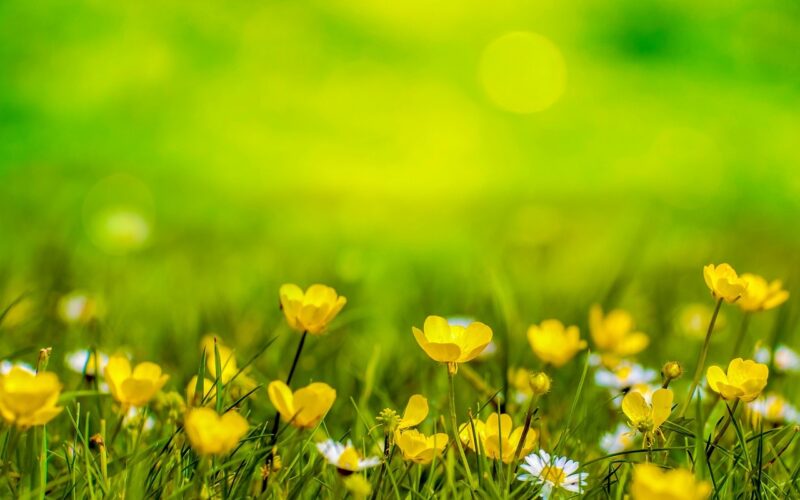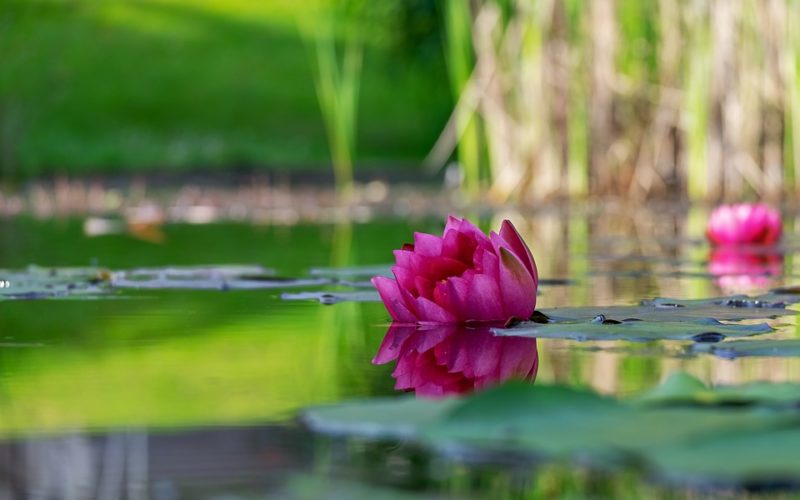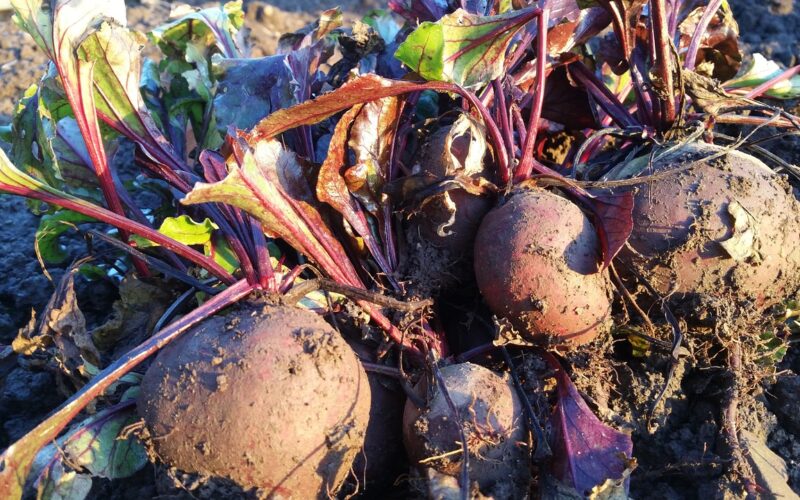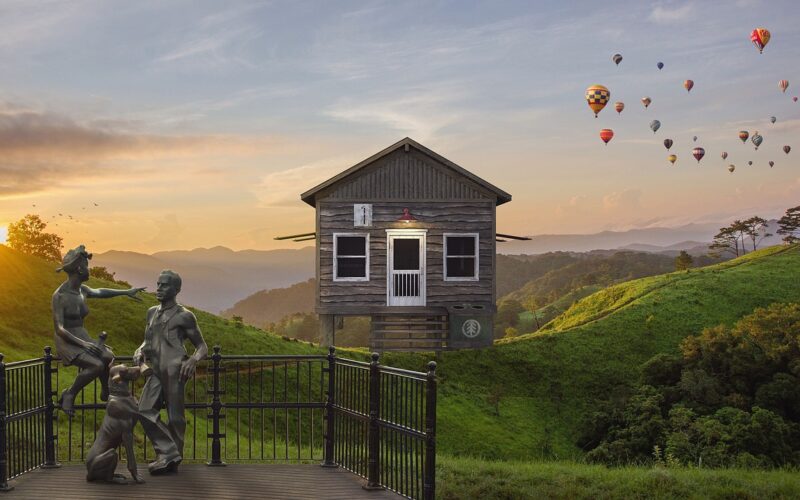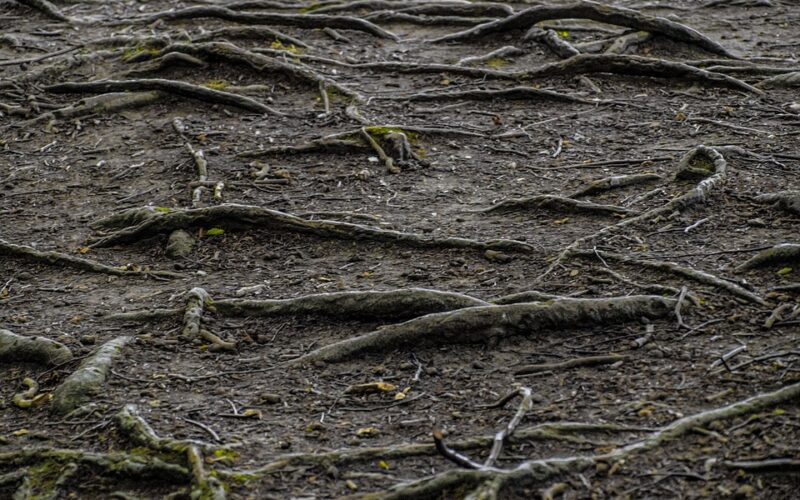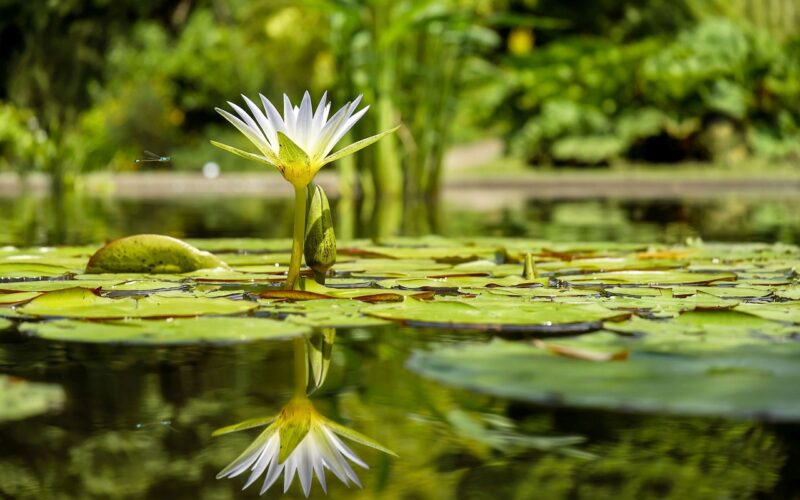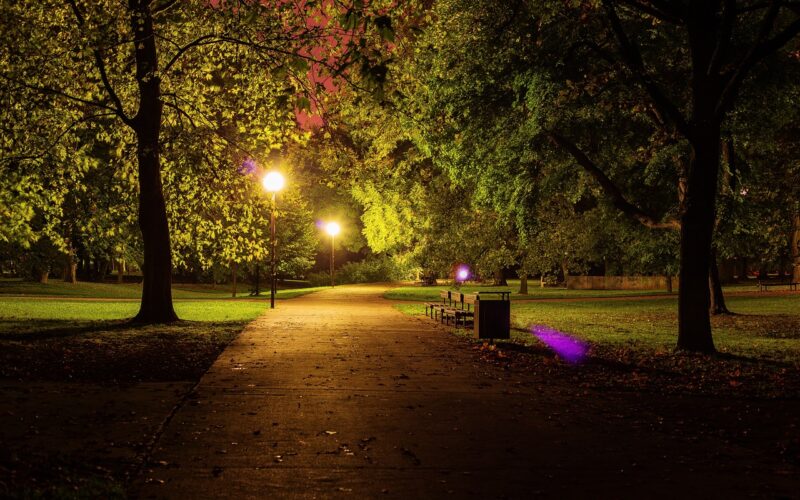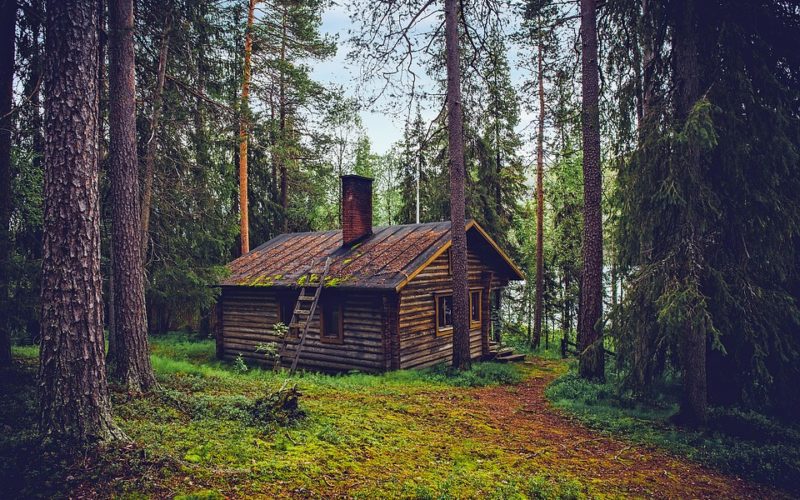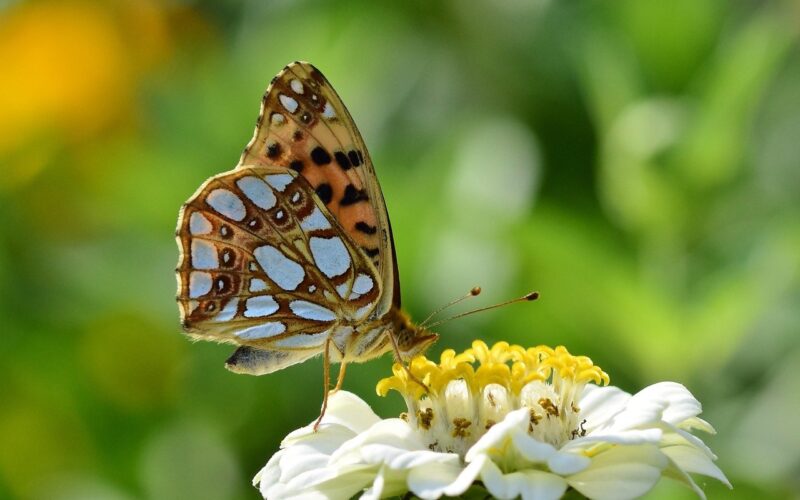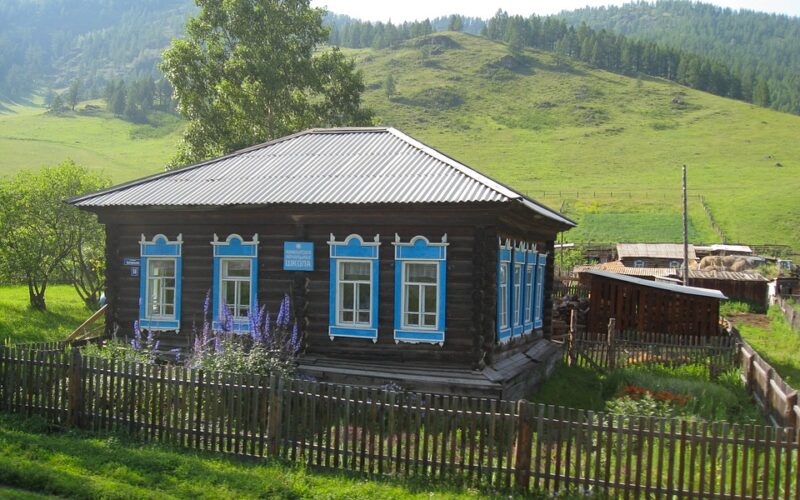Rewilding a Garden
It’s a beautiful thing when a garden comes alive - the blossom of new plants, the colourful blooming of old ones, and the hushed sounds of nature as you appreciate them all. But more than that, rewilding your garden brings forth an opportunity to be a part of something bigger - it gives you a chance to restore balance in our world by providing habitat for many species that rely on natural ecosystems. From birds and butterflies to amphibians like frogs and salamanders, allowing your outdoor space to transform into its wildest potential means creating an oasis from which many can benefit.
Choose a theme
Are you looking to create your own rewilding garden but not sure which theme to choose? Consider native species. Planting species that are naturally found in your local area can help support and maintain local biodiversity. Not only are native species adapted to the climate and soil of the region, but they also provide essential habitats and food sources for local wildlife. Plus, incorporating native plants into your garden can also help reduce water usage as these plants are already well adapted to local conditions.
Invest in wildflower-friendly soil
If you're looking to make your garden a haven for beneficial wildlife, investing in wildflower-friendly soil is a great place to start. By providing a healthy soil environment that promotes biodiversity, you can attract a range of pollinators and other important insects, such as ladybirds, lacewings and ground beetles, which will in turn help to keep your garden healthy and thriving. And the best part?
Wildflower-friendly soil is incredibly easy to use, so you can get started on creating a biodiverse garden no matter what your gardening experience level may be. So why not give it a try and see the benefits for yourself?
Plant native perennials
Transform your garden into a buzzing oasis for both insects and birds by planting native perennials that will attract these creatures to your yard. By choosing species that are well-adapted to your region, you'll not only create a vibrant ecosystem but also provide a source of food and habitat for a variety of wildlife.
From bees and butterflies to hummingbirds and finches, incorporating these plants into your landscaping will not only bring colour and beauty to your space but also contribute to the broader ecological health of your community. With the added bonus of requiring little maintenance, native perennials are an excellent investment that will create lasting benefits for your garden and local ecosystem.
Let existing weeds grow
While many people see weeds as a nuisance and something to be removed from their yard or garden, these plants can actually serve an important purpose in providing wildlife with food and shelter. Allowing existing weeds to grow can provide a natural habitat for insects, birds, and other small animals to thrive in.
Not only are these creatures important for the overall health of an ecosystem, but they can also be a joy to observe and appreciate in their natural environment. So the next time you spot a weed growing in your garden, consider leaving it be for the benefit of the local wildlife.
Establish a no-mow policy
Fed up of repeating the same tedious cycle of grass cutting every week? Why not embrace the natural beauty of your garden by implementing a no-mow policy? Allowing your grass to grow longer and flower not only creates a stunning visual display but also helps to support local wildlife.
The dense coverage provides a perfect habitat for insects and small mammals, a welcome addition to any eco-friendly garden. So why not ditch the lawnmower and sit back and enjoy the beauty of nature at its finest?
